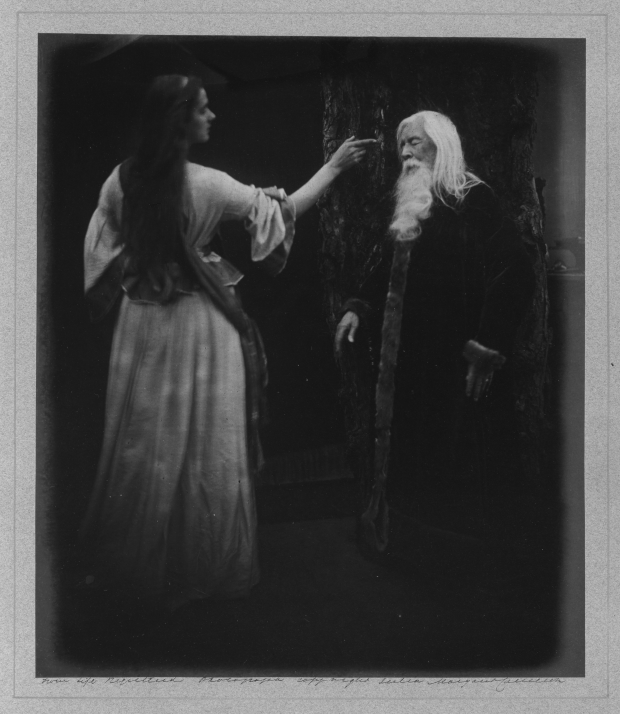Aperture has an interview with Robin Kelsey, professor of photography at Harvard and author of the new book Photography and the Art of Chance. Kelsey feels that the element of chance is an under-appreciated factor in photography, and in the books he traces the influence of chance in the work of William Henry Fox Talbot, Julia Margaret Cameron, Alfred Stieglitz, Frederick Sommer, and, as he discuses below, John Baldessari:
SE: The final figure in your book, John Baldessari, seems to build chance directly into the production of his pictures, often in the form of a game—a new photographic gambit. In the book, you write: “Just as Talbot, Cameron, Stieglitz, and Sommer had done before him, Baldessari found aesthetic possibility in a new historical meaning of chance.” What kinds of historical meanings are found at the intersection of chance, games, and photography in the 1970s?
RK: The changing meaning of chance over the past two centuries is crucial to the book. During the Cold War, chance became a tool of research. Specialists in the military-industrial complex used randomization to grapple with systems too complex to reduce to precise calculation. Games and simulations enabled designers of hydrogen bombs and conflict analysts of the RAND Corporation to grapple with an increasingly complex world. Many schoolchildren of the period, including me, spent many hours playing educational games modeling urban development, global diplomacy, or what have you. This surge of interest in gaming and simulation around 1970 is a largely forgotten chapter of history.
What does this have to do with photography? In the case of Baldessari, lots. He was interested in photography as a system, and he used games and randomization (e.g., throwing balls up in the air) to model it. In doing so, he was evidently taking on not only the everyday practice of photography but what we might call the Cold War “knowledge system.” The more time I spend with his work from that period, the more brilliant I think it is.
Image: Julia Margaret Cameron, Vivien and Merlin (from Idylls of the King), 1874. Courtesy Houghton Library, Harvard University. Via Aperture.
